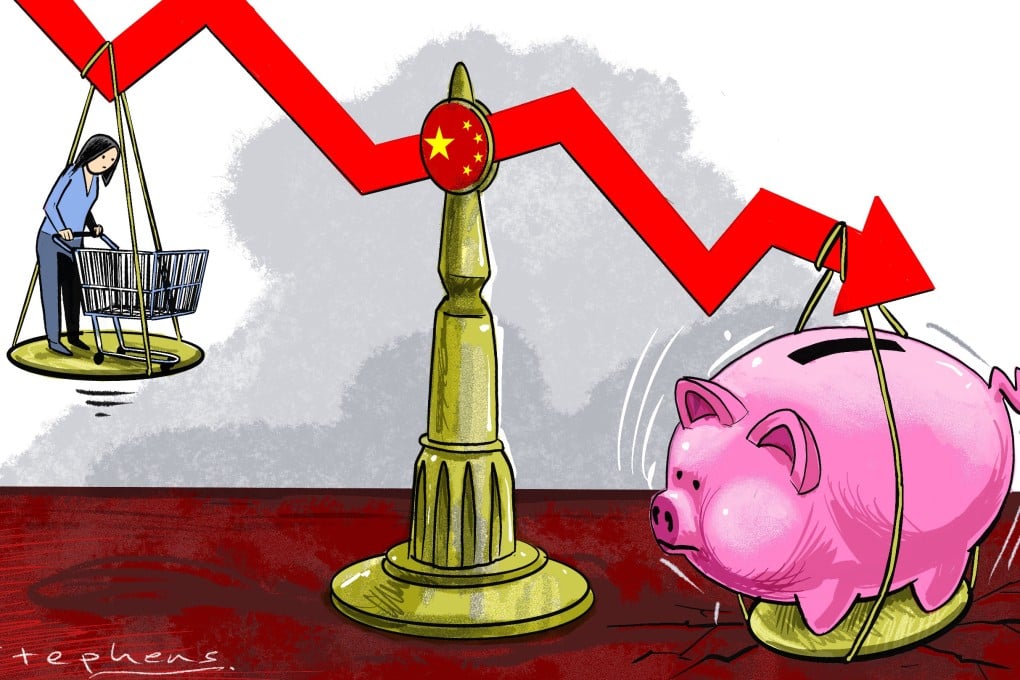Advertisement
Opinion | China must slow down investment if it wants to rebalance its debt-laden economy
- This will leave it with two choices: suffer the the pain of lower GDP growth, or encourage consumption to drive demand and suffer the pain of a disruptive transformation of the country’s development model
Reading Time:4 minutes
Why you can trust SCMP
17

By now, even the most optimistic of analysts recognise the deep structural imbalances from which the Chinese economy suffers. These distortions are striking. China accounts for roughly 17 per cent of the global economy but only about 12 per cent of global consumption, with Chinese investment estimated to make up an astonishing 30 per cent of the global total.
Advertisement
This clearly isn’t sustainable. As part of its gross domestic product, China’s investment level is already very high. If it wants to maintain this while still growing by 4-5 per cent for the next decade, its share of global investment would have to rise to nearly 40 per cent. In that case, to prevent a global demand crisis, the rest of the world would have to reduce their investment share to well under half of the Chinese level.
This is highly unlikely. The United States, Europe and India (along with many smaller economies) are all determined to implement policies that boost domestic investment and support domestic manufacturing. The world simply cannot sustain such high investment levels relative to demand.
The problem is compounded in China’s case by the rise in non-productive investment needed to maintain Chinese growth. For decades, when the Chinese economy was characterised by severe underinvestment, it made sense for China to rely on a development model that forced up domestic savings and channelled them into investment in infrastructure, property and manufacturing.
But those days are long over. Roughly two-thirds of China’s investment – an exceptionally high share – is directed into the property and infrastructure sectors, which have become increasingly wasteful economically.
Advertisement
The consequence has been a surge in China’s debt burden over the past 10-15 years. That is why, after years in which China’s imbalances were the result of disproportionately rapid investment growth that pulled GDP growth behind it, China must spend the next decade with investment growing more slowly than GDP. That is the very definition of rebalancing.

Advertisement
.jpg?itok=NnPHupUI&v=1664941948)